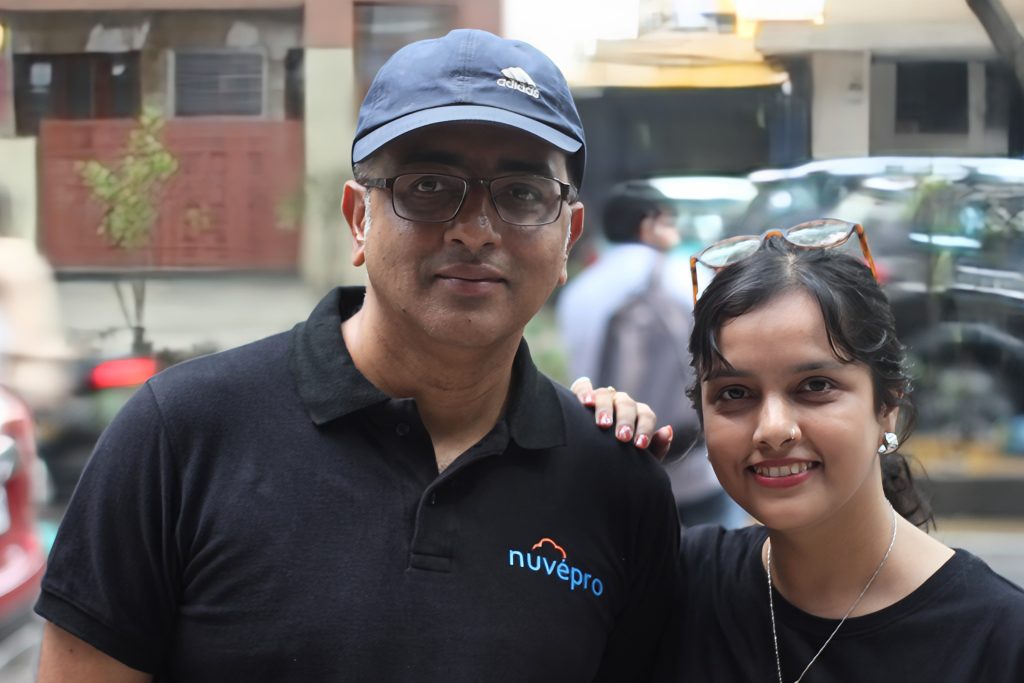There’s a timeless song by Mohammad Rafi, enacted by Dev Anand Saab, which echoes the spirit of Moyukh for me. The lines “Main Zindagi ka saath nibhata chala gaya, har fikar ko dhuee me udata chala gaya’’—I walk through life, letting go of worries as I go. There’s a sense of Moyukh in it, of responsibility balanced with a deep sense of living in the moment.
As the song continues, “Barbadiyon ka shok manana fizul tha, Barbadiyon ka jashn manaata chala gaya,”—I cannot think of anyone but Moyukh who lives life the way it should be. I often find myself venting about the many problems life throws at me, but Moyukh always responds with absurdly simple solutions—none of them “right” in the traditional sense, but they have a way of putting me at ease. “I love solving problems, just not life problems though,” he quips to me and Anisha, in typical Moyukh fashion. Ofcourse, he is everyone’s Dada. And just like that, with his words, the weight of the world seems a little lighter.
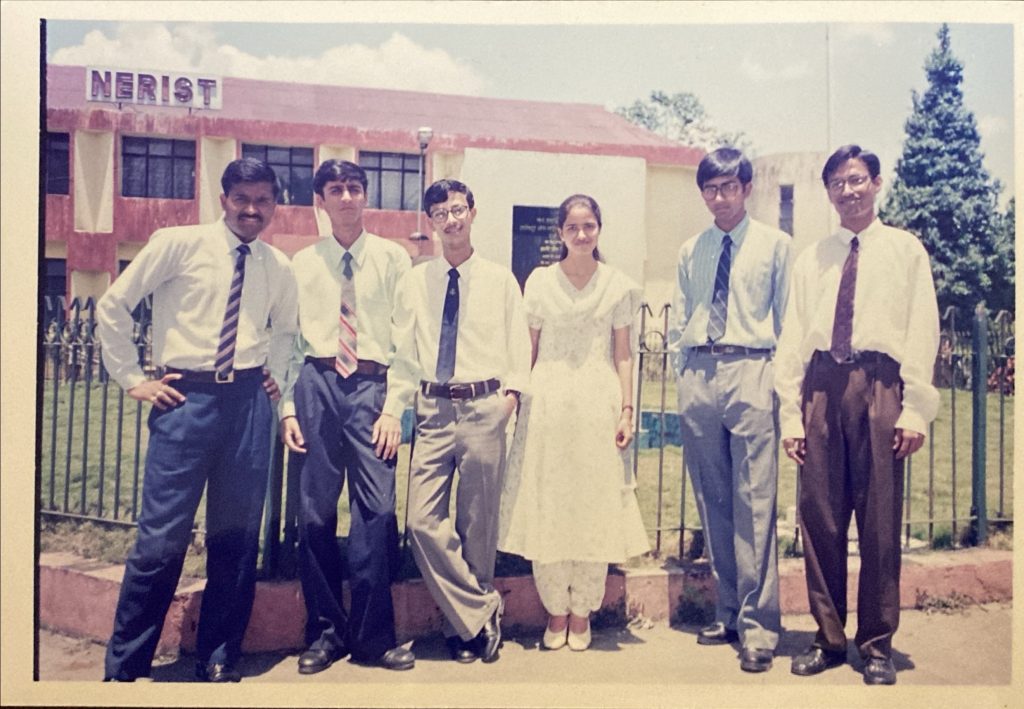
I’ve always found myself drawn to Moyukh’s authenticity. There’s something undeniably comforting about his presence. He never gives you a straight answer. Once I made a black coffee for him, and he said, ” Umm, so bad, not very good”, and then ended up having 3 full cups. (lol) But, still, something that invites you to share your thoughts and worries, knowing you’ll receive both wise advice and a playful moment of laughter. He has been that friend, that confidant, and yes, maybe even that older brother figure (if I say father figure, he will kill me). He’s the person you turn to when the world feels a little too overwhelming. And, of course, there’s the ever-present Sillehti Bangla, or just Bangla where our shared love for music flourishes. I love giving him music suggestions because I know he’ll listen to every single one. And thus, the playful ‘Papa Moyukh to Shivpriya’ banter began.
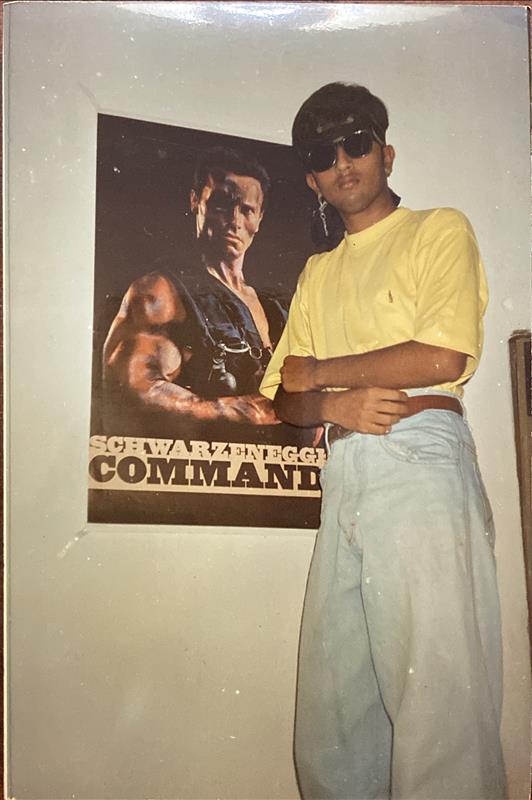
Moyukh, in his inimitable way, says, “Jo puchna hai jaldi pucho,” and for the next two hours, he didn’t stop, and neither did we. 🙂
Moyukh tells us his story begins in Shillong, where his parents first found their footing in the world. His father worked for the Secretariat, and his mother in the Forest Department but for the boy Moyukh, the real adventure began when he was only three years old, and his family moved to Itanagar, a city still in its infancy. Itanagar wasn’t the bustling urban center; it was a small, tranquil settlement where every neighbor, whether a Chief Minister or a government clerk, was close enough to share a cup of tea and stories. Moyukh recalls those early years describing a place where life was simple but full of warmth. “It was quite cute and nice. Back then, the community lived in tight-knit harmony, and the town felt like a beautiful, untouched corner of the world. It wasn’t just a place to live; I fell in love with Itanagar’’ he says with a smile.
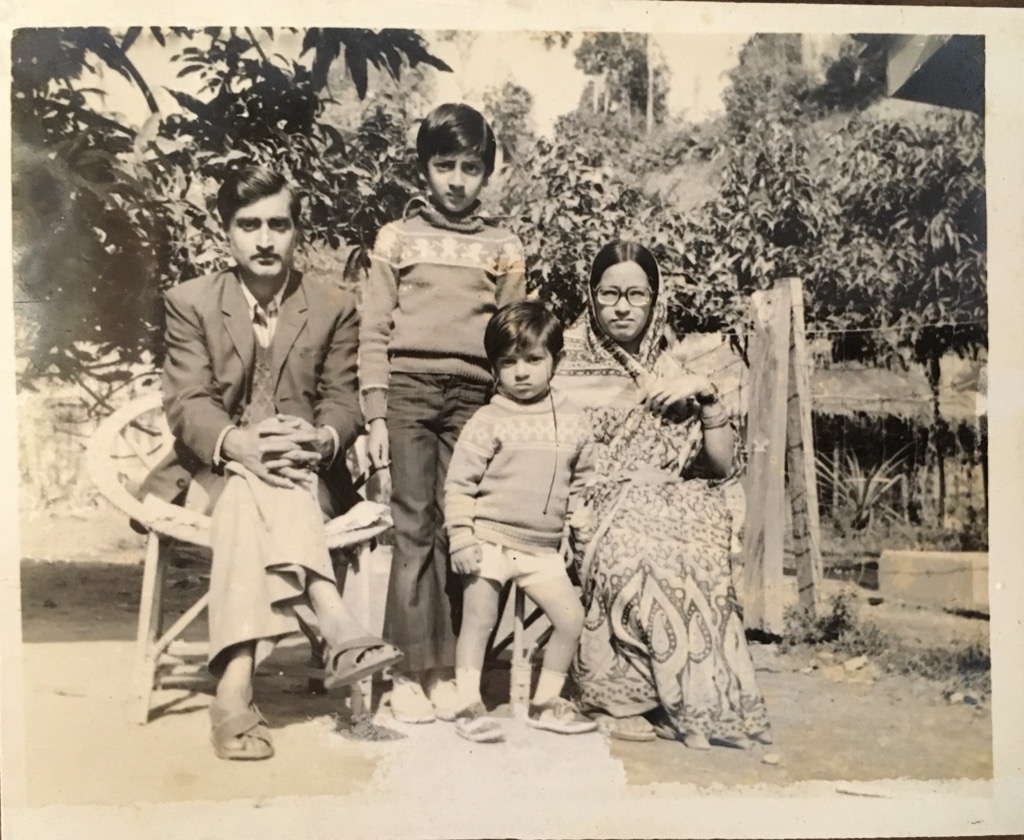
Life in Itanagar was like the pages of a book written with imagination and creativity. With limited resources, Moyukh’s childhood blossomed in the form of craft and adventure. His parents remained busy and didn’t hinder his playful exploration. “I loved it that they were busy and I used to do my own playing things,” he recalls with a chuckle. “Bunked school, went to the river with friends, watched nature, and fished and chilled.”
He fashioned toys from bamboo, created kites from newspapers, and even built toy vehicles with the most basic materials. His love for building things extended to fishing rods made from bamboo sticks, and he’d spend hours perfecting his creations. The joy wasn’t just in the end product; it was in the process—the art of creating something with his own hands.
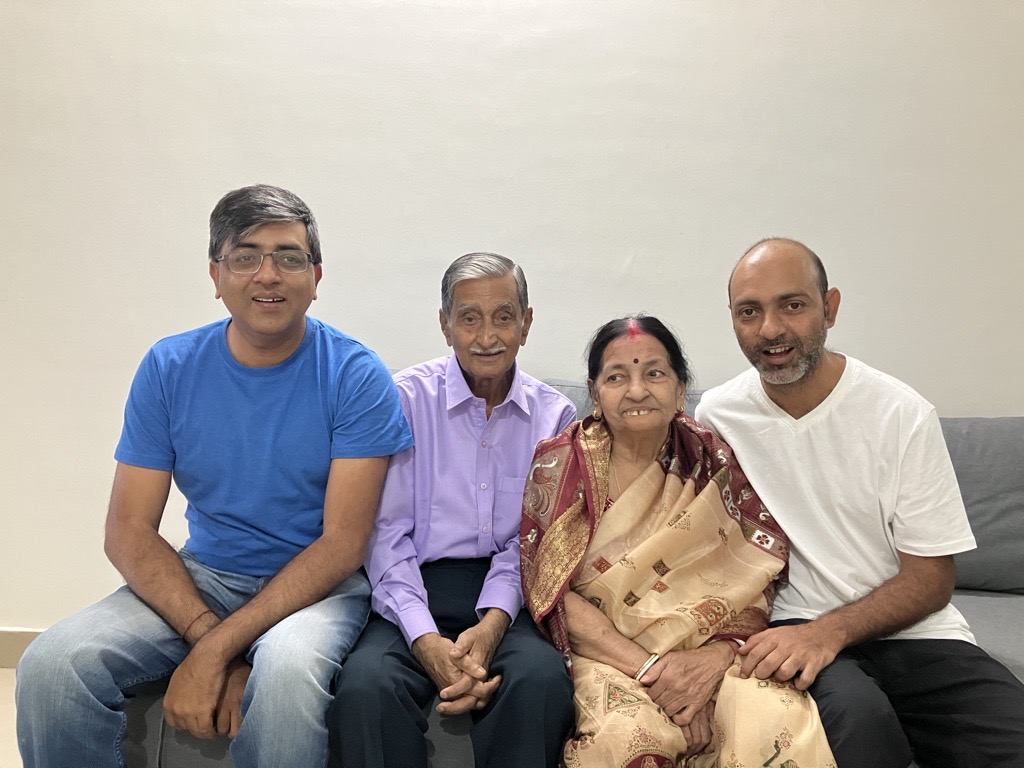
His younger brother by 6 years – meant there were different friend groups, different worlds. Yet, despite the usual squabbles, Moyukh reflects with warmth on those years. The age gap may have kept them apart in their childhood, but over time, the bond grew stronger, and now, they share a closeness that’s both heartwarming and lasting. ( Let’s all read underneath, that Moyukh was a brat older sibling, maybe.)
“With very few facilities and a lot of determination, my parents made sure my brothers and I had everything we needed,” Moyukh reflects. “ The school, the only one in town, brought together children from every background—whether the child of a government official or a clerk, we were all under the same roof. It was a truly democratic environment,” he says, looking back fondly on a simpler time when life was more about community than competition.
After completing his schooling, Moyukh moved on to NERIST, the North Eastern Regional Institute of Science and Technology, where he studied engineering. “NERIST offered a unique curriculum with hands-on workshops in its early years,” he recalls. “It gave us a chance to learn by doing.” Moyukh, always drawn to building and fixing things, thrived in this environment, spending countless hours repairing radios and creating circuits. “It was here that my love for electronics was truly nurtured,” he says, reflecting on how he began to see the world in terms of technology, innovation, and creation.
The college years also marked a pivotal point when he realized that his future lay in Bangalore, the city that beckoned with opportunity.
“I had done my training in Calcutta, but the work culture there wasn’t something I liked,” he recalls. “Chennai was too hot, and Mumbai was too expensive. But Bangalore… it felt right.”
In 1999, the world was entering the digital age, and with it came the Y2K bug—a challenge that led to a surge in tech opportunities. Moyukh found his way into Mindtree, where he was one of the first employees. The startup days were full of excitement and camaraderie, with the company growing rapidly. “We used to sit on the floor, and there weren’t enough chairs. But the energy was incredible,” he reminisces.
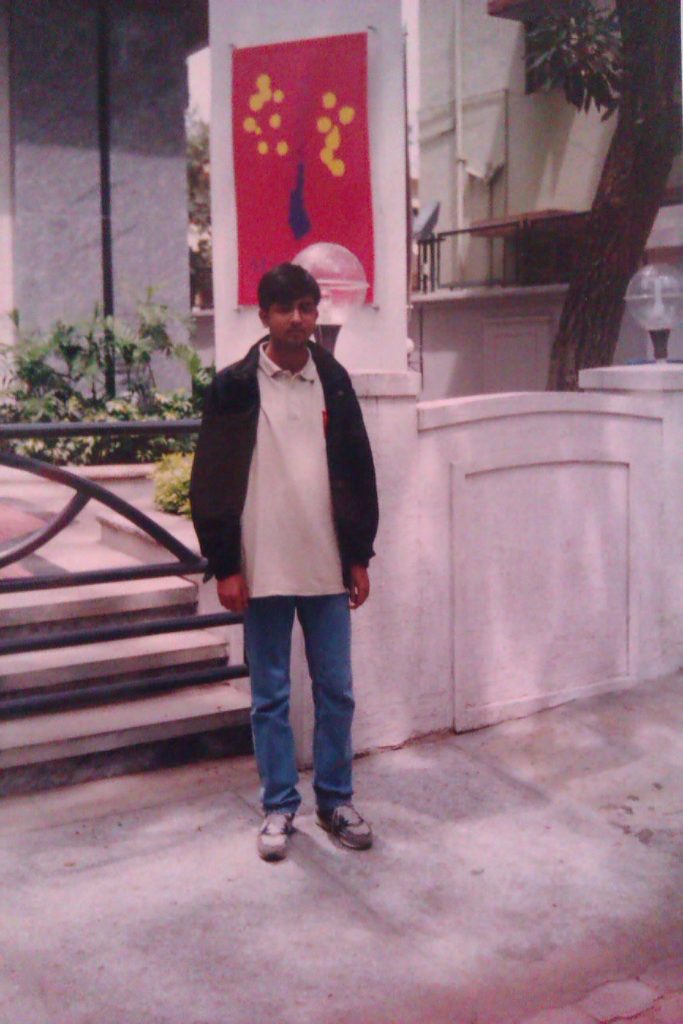
“I spent around 15 years at Mindtree, and during that time, the company grew 50 to 60 times,” says Moyukh, reflecting on his journey with the company. “Mindtree started in 1999, and I joined just five months after its inception. It was like my first startup, and I witnessed firsthand how it evolved and expanded over the years.”
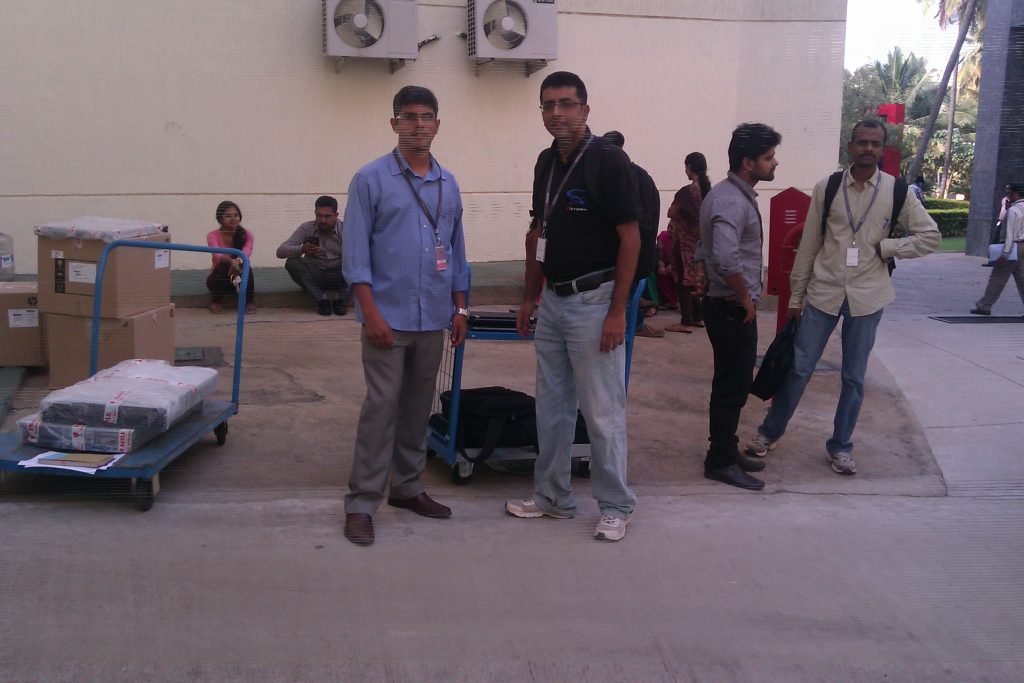
Moyukh’s journey into the tech world was shaped by a childhood fascination with electronics. “I think I’m probably one of the very few people who had my vision clear from the start. I always knew what I wanted to do when I grew up,” he says with conviction. While many struggle to find their passion, Moyukh was certain from a young age.

In school, he was already crafting electronics projects—FM radios, receivers, LED bulbs—and his love for creating things didn’t stop there. “I loved working on both electronics and mechanical projects,” he recalls. “It was a way for me to stay busy and keep my mind engaged. My father, a state and national-level bridge player, was often absorbed in his game, and my mother was busy with household responsibilities, so I had a lot of time on my hands. I would use that time to make my projects, and I even made some money doing them.”
After more than 15 years at Mindtree, Moyukh made a bold decision to join Nuvepro. “Despite the risks, including the pressure of a new home and financial uncertainties, my family, especially my parents, supported me wholeheartedly,” he reflects. “It wasn’t easy, but with their encouragement, I dove into the startup world to continue doing what I loved: solving problems, building solutions, and leading with a spirit of collaboration.

My brother also moved here in 1999, I had already passed out of college and was in Bangalore. My brother had completed his 12th and also joined. We never used to stay together, but now I’m pretty close to him. And later, my parents also moved to Bangalore, so that’s how we’re all together now.”
Talking about the leap at Nuvepro, Moyukh tells us, “Yes, it was a huge leap. I had been working at Mindtree for a while, and it was a growing company, so the decision to leave a stable job and dive into the startup world was a big risk. Initially, my parents were concerned. I could sense that they were worried about the uncertainties. But I always believed in my vision, and I think over time, they understood my passion and the excitement I felt about building something new.
I remember my mother telling me, ‘Do what makes you happy, but be prepared for the challenges ahead.’ My brother, on the other hand, has been one of my biggest supporters. Even when the going got tough, he would encourage me to keep pushing forward. The support from my family has been invaluable, even when they didn’t fully understand the journey I was on.”

Some anecdotes: – “I decided to take the plunge. I had just returned from the US in December 2009, and I had spent most of my savings on the down payment for the house. With the EMI running, it wasn’t easy. But I talked to Jani, and we planned everything out. It took us almost a year to finalize. There were so many decisions, even about the company name. We initially thought of names like Stratosphere or Cloudloka, but we eventually settled on Nuvepro. There were also discussions about whether Jani would join or not, and Mindtree was involved in the spin-off.”
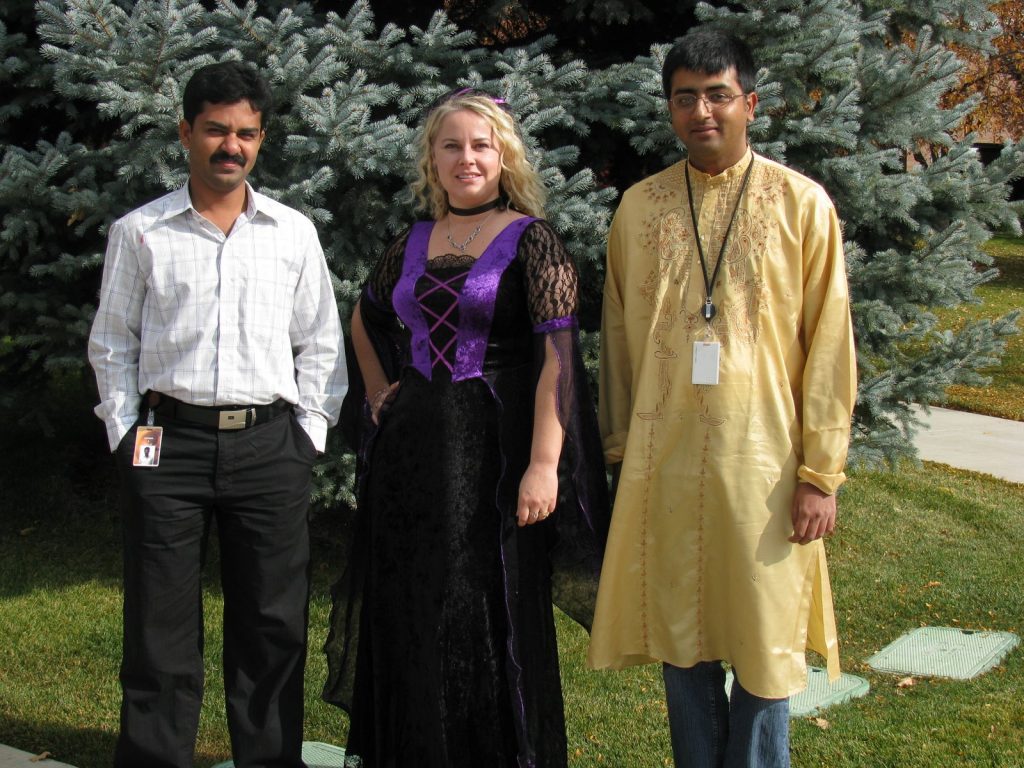
We all also know Moyukh as an exceptionally devoted father. He recalls, “When Moksha was little, I was working at Symantec and based in Pune, but everyone knew I always had Moksha with me. People would joke, asking if I was trying to be like a mother. I’d laugh and say, ‘Yes, a hands-on mother.’”
Moksha, he says, has taught him more than he could have imagined, especially when it comes to raising a daughter. “Growing up with only brothers, I had no idea what it would be like to raise a girl. But the truth is, there’s no difference between raising a boy or a girl. It’s all about being there for them.” For Moyukh, parenting isn’t just a responsibility—it’s a mutual relationship. “I don’t see it as a job. You do for them, and they do for you,” he reflects.
“Moksha and I take care of each other, and that’s what makes it so fulfilling. She’s there for me just as I’m there for her. It’s a beautiful, balanced relationship.”
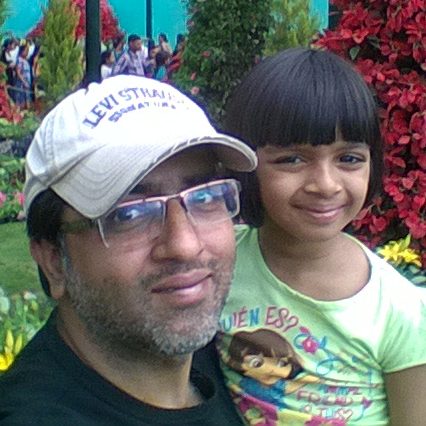
And now, Moyukh cherishes the moments when he and Moksha visit his parents together. “It’s all part of the journey,” he says, a smile of contentment in his voice.
And as of with Nuvepro, we cannot do without Moyukh. He literally is the flesh and blood here and of course, he’s been doing it for much more time along with Giridhar, than any of us. He tells about Giridhar, “I’ve known him for over 20 years. We’ve been through so much together. I’ve even been to Namya’s naming ceremony, and then she worked with us. It’s crazy to think about how far we’ve come. Giri and I started around the same time, and we’ve shared so many experiences over the years, including the time we spent together in the U.S. We’ve seen each other grow. We’ve been through frustrations, celebrations, and everything in between.’’
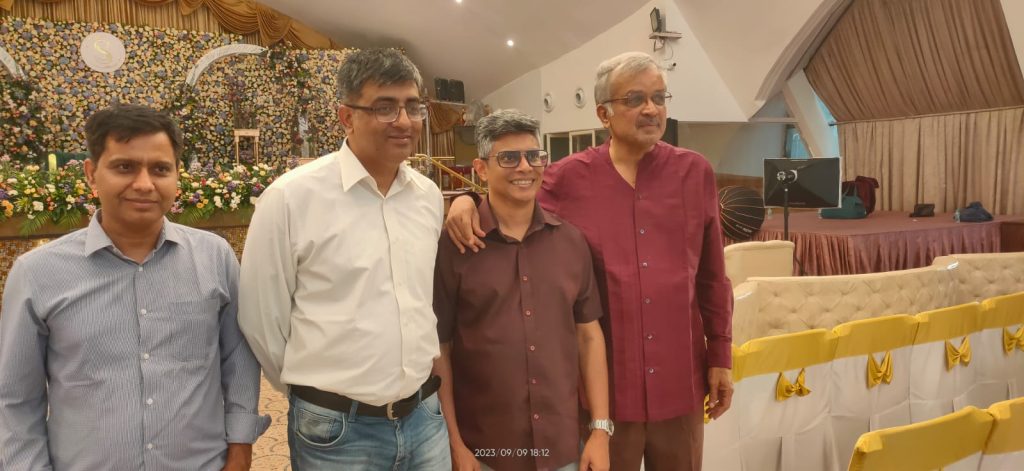
The other time I was talking to Chandraprakash, Moyukh’s colleague, who told us, “Moyukh is like a doctor to Nuvepro, technically. He gives the right solutions, and he’s always there to guide everyone, including me. He has a calm, positive personality and motivates everyone in the organization. Whenever I feel stuck, I turn to him, and he always puts me back on the right track. Not just with technical issues but also with personal matters—he provides great suggestions. We often discuss family, life, and general knowledge when we meet outside work, and I always learn something new from those conversations. There’s a reason why I share a cabin with him.”
As we conclude this piece, I want to leave you with two beautiful messages from Moyukh’s family:
Resp. M. G Goswami, Moyukh’s father ( who uses WhatsApp at the age of 87, but our very own CTO doesn’t) – “Congratulations on 10 amazing years as Co-founder and CTO of the company! I know you like to joke about the ‘beatings’ I gave you, but let’s just call it ‘tough love’ that helped you stay disciplined. Seeing your hard work and success makes me proud every day. Here’s to many more milestones ahead! Regards, Baba.’’
Moksha Goswami, Moyukh’s daughter: “CONGRATULATION Baba for completing the 10-year journey with Nuvepro. It must have been a great journey for you. Seeing you try your best as the company’s co-founder and CTO and being happy made me happy too. You have been blessed with such wonderful colleagues in this awesome company. I want you to cherish these memories for life long.”
Thank you Moyukh, I know you are shy about these things, and like we talked about leadership styles, the other day, I know you are shy when you are reading all this, but thank you again. You bring joy to all of us. And, as for us, professionally or personally, we are just happy to know about you, learn from you and your technical brilliance, and majorly from your profound ability to live fully, one day at a time. And, like I said, you teach us – “Barbadiyon ka shok manana fizul tha, Barbadiyon ka jashn manaata chala gaya,”
Written by Shivpriya R. Sumbha | Editorial reviewer: Anisha K. Sreenivasan
